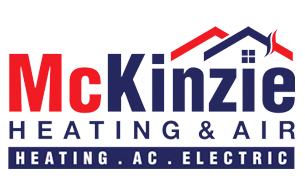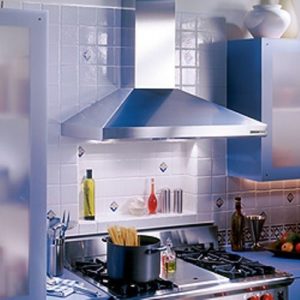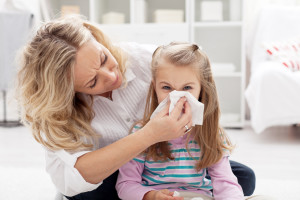Benefits of a Whole-House Humidifier
Here in College Station and Bryan, we don’t complain all that much about the summer heat…we’re used to it. But we complain to anyone who will listen about the heat and humidity combined.
It’s just what we do. But then, a funny thing happens when summer transitions to fall and winter, and standard time returns with its early curfew on sunshine. Now we’re spending lots more time indoors and complaining about – you guessed it – the lack of humidity. Maybe not directly, but when you complain about any of the following, reduced humidity is what’s really bothering you:
- Dry, itchy skin
- Dull, hard to manage hair
- Nose bleeds
- Headaches
- Exaggerated problems with allergies and asthma
- Static electrical shock
- Wood doors shrinking and cracking
- And a host of related problems
It’s a simple fact of life that your heating system – especially if you have forced air heat – dries the dickens out of your air, causing you to seek myriad remedies for all the problems overly dry air can cause. Well, McKinzie Heating & Air would like to suggest a single solution that would remedy the situation once and for all: a whole-house humidifier, one we would install to work in tandem with your furnace.
A whole-house humidifier allows you to set the ideal relative humidity level for your home and family, and change it any time when added indoor comfort is needed. Then you can say good-bye nose bleeds, static electrical shock, and all the rest…while saying hello not just to great comfort, but noticeable energy savings. That’s right: with more humidity in the air during the winter, you’ll feel perfectly comfortable at lower-than-normal thermostat settings.
For more information and a free in-home proposal, contact the indoor air quality specialists at McKinzie Heating & Air Today.


 This time of year, the skin care aisle in pharmacies and supermarkets are awfully busy places.
This time of year, the skin care aisle in pharmacies and supermarkets are awfully busy places. A typical list for home fixer-upper projects usually contains one or more of the following: clean the garage, repair the downspout, repaint the bathroom, replace the broken tile in the foyer, and so on.
A typical list for home fixer-upper projects usually contains one or more of the following: clean the garage, repair the downspout, repaint the bathroom, replace the broken tile in the foyer, and so on.